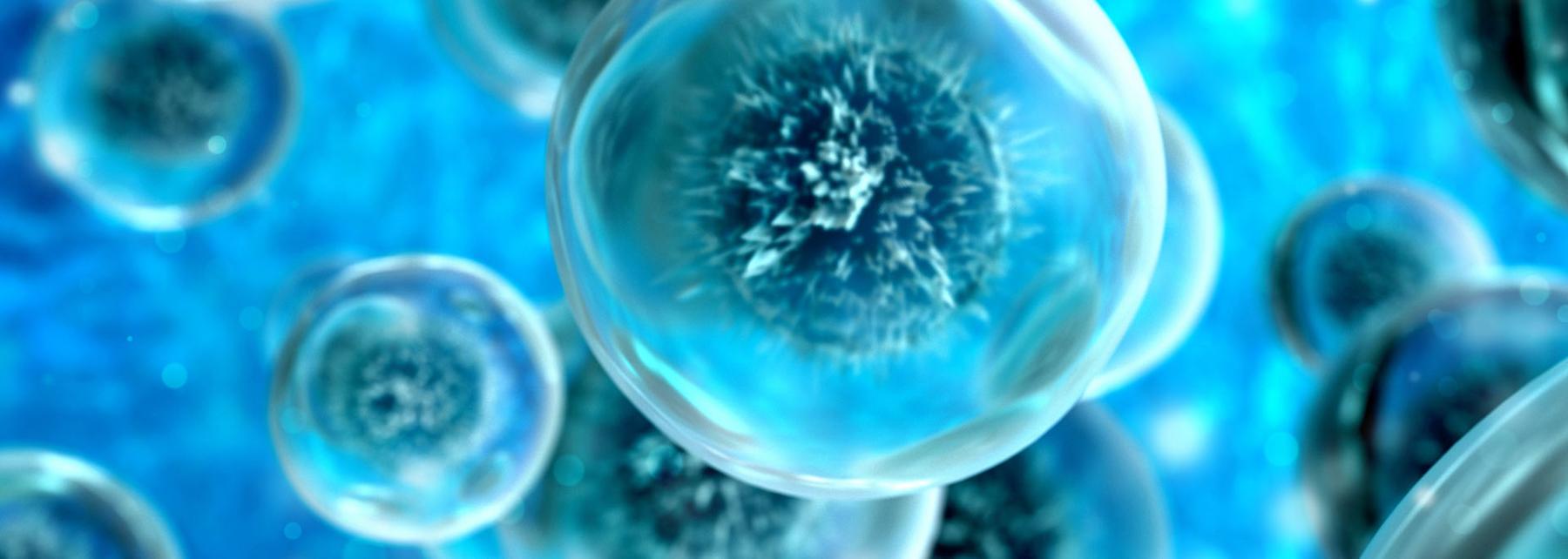
Hematology Research: Comparing Normal and Abnormal Blood
by Joshua Farr
This lesson has students create a unique graphical visual of the components of blood within a vial. These components of blood are then researched and used as a control for accomplishing two collaborative tasks. First, students will form small collaborative groups and perform microscopy on prepared blood slides to not only practice microscope techniques, but better visualize the components of blood. This will require sketching and discussion. Second, students will select a blood disorder to research and create a comparison vial of blood regarding any changes in the percentages of parts of blood and create 3 slides on their research. Their slide work will be compiled with other groups in class and presented in small round table discussions. Students will be required to write about normal and abnormal blood conditions as an assessment.
Lesson Plan Link/URL
https://docs.google.com/presentation/d/1D8IJ7U8qREjyQY6Hu8h01ocHV5bi6j55/edit?u…Subject Area
Science Life Science L1: Cells Technology 5. Computational Thinker Mathematics Ratio and Proportion (RP) English Language Arts (ELA) Writing Speaking & Listening
Featured
Off
Related Content

Grades:
9th Grade, 10th Grade, 11th Grade, 12th Grade
A high school physics lesson plan that uses guided inquiry to help students explore the changes in potential difference across resistors connected in series & parallel.

Grades:
9th Grade, 10th Grade, 11th Grade, 12th Grade
Students are guided through the urgency to create large scale plan solutions for climate mitigation and green energy fuel sources. They will then build and design a bioreactor using algae as a

Grades:
7th Grade, 8th Grade, 9th Grade, 10th Grade, 11th Grade, 12th Grade
This lesson is a whole unit on energy. It can be broken up into 10 separate lessons. I chose to put them all together so that it was easier to see how I organized them so you did not have to search